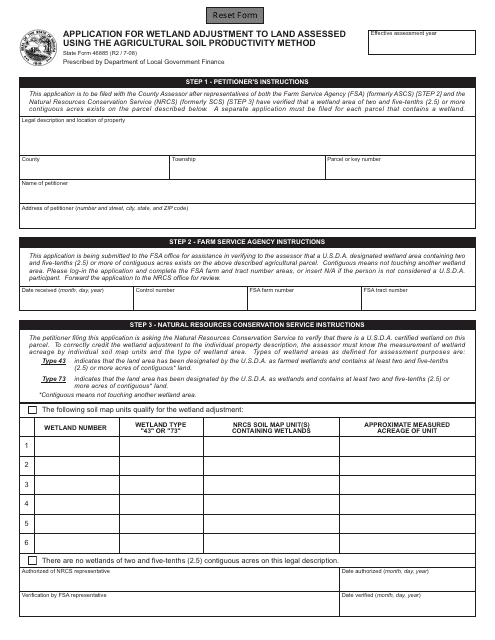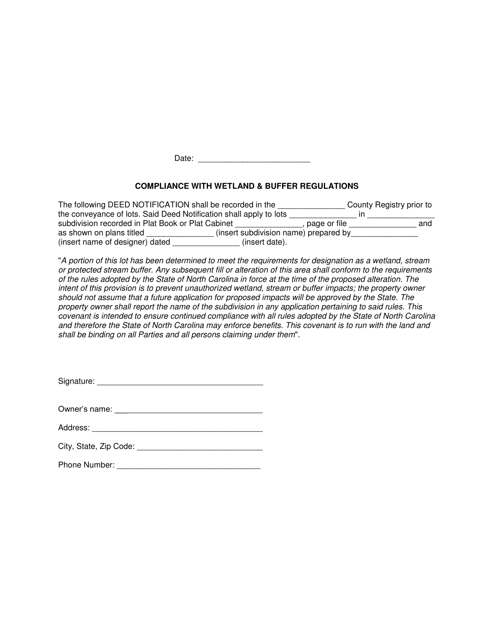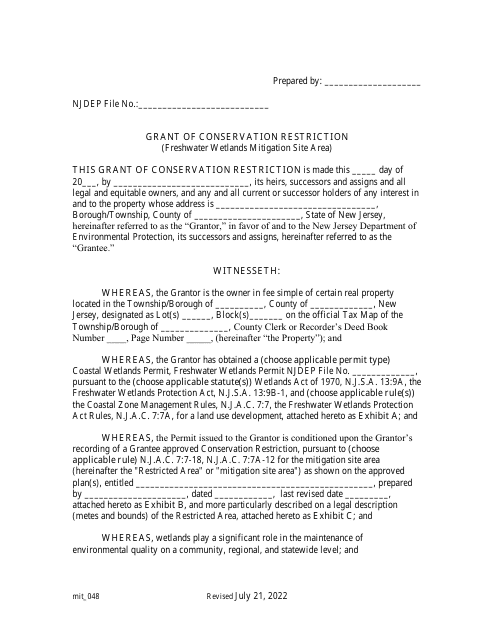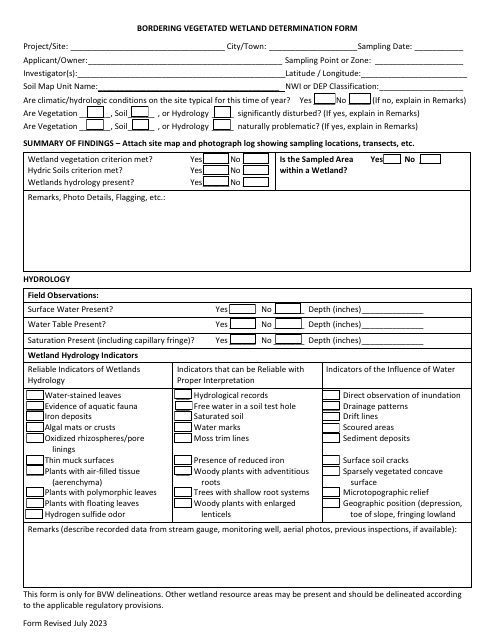Wetland Preservation Templates
Wetland preservation is a crucial aspect of environmental conservation and sustainable land management. Also known as wetland protection or wetland management, this integral practice aims to safeguard these unique ecosystems and their associated plant and animal species.
At the heart of wetland preservation efforts are various documents and guidelines that outline policies, regulations, and procedures for managing and maintaining wetlands. These documents serve as important tools for government agencies, landowners, and environmental organizations involved in wetland conservation.
One example is the State Form 46885 Application for Wetland Adjustment to Land Assessed Using the Agricultural Soil Productivity Method, which is specific to the state of Indiana. This document assists landowners in applying for adjustments to the classification of wetland areas for agricultural purposes, ensuring that wetland preservation is balanced with land use requirements.
Another document, Appendix M Activities in State Wetlands, pertains to the state of Delaware. It provides a comprehensive list of activities that may or may not be allowed within state wetlands, helping stakeholders make informed decisions while prioritizing wetland protection.
Compliance With Wetland & Buffer Regulations is a document commonly used in North Carolina to ensure adherence to wetland preservation laws. It outlines the regulations governing wetland use and development, promoting the responsible management of these valuable natural resources.
In Massachusetts, wetland preservation is supported by documents such as the Bordering Vegetated Wetland Determination Form. This form provides a systematic approach for identifying and delineating bordering vegetated wetlands, helping landowners and professionals in making accurate assessments for wetland preservation purposes.
These documents, among others, are vital components of wetland conservation efforts, allowing stakeholders to navigate the complex landscape of wetland preservation. By incorporating the principles outlined in these documents into land management practices, we can ensure the long-term sustainability of wetland ecosystems for future generations.
(Note: While the documents mentioned in this text are fictional, they serve as examples to highlight the importance and diversity of documents associated with wetland preservation.)
Documents:
6
This form is used for applying for wetland adjustment to land assessed using the agricultural soil productivity method in the state of Indiana.
This document describes the activities that are allowed in state wetlands in Delaware as outlined in Appendix M.
This document is for ensuring compliance with wetland and buffer regulations in North Carolina. It provides guidelines and requirements for activities near wetlands and buffers to protect the environment.
This document grants a conservation restriction for a freshwater wetlands mitigation site area in New Jersey.





